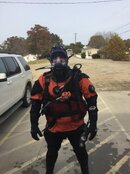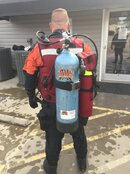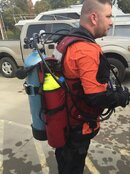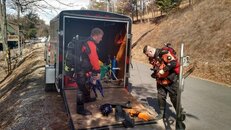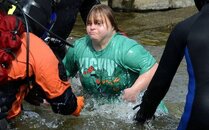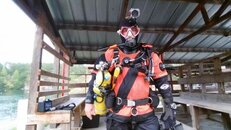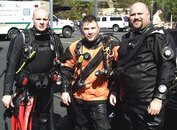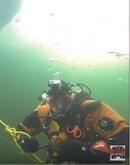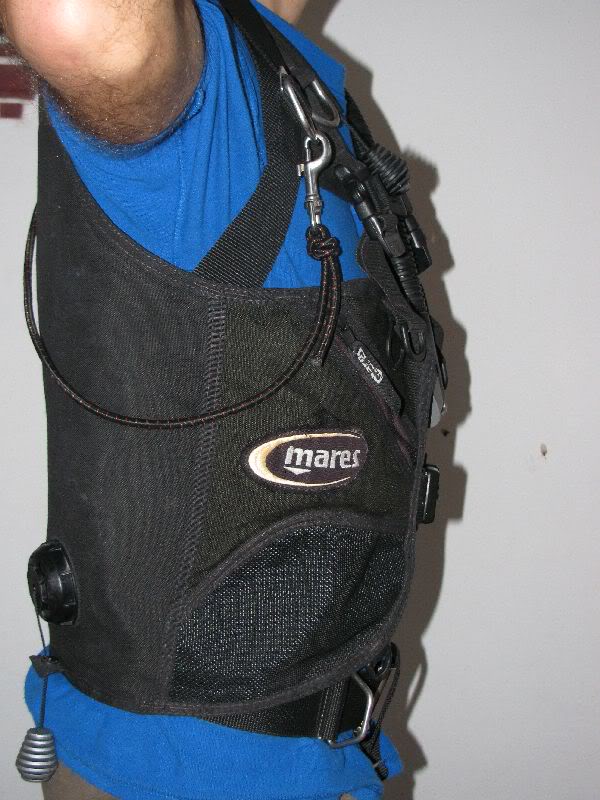paperdesk
Contributor
Having some experience as one of the authors and editors of the SEI Search and Recovery/PSD Level One course these kinds of threads make me nervous.
True teams should have standardized gear that any member can look at and instantly know where everything is.
To me that means the team all uses the same BC. Whether a BPW or jacket.
That BC, and all the other gear frankly like regs that can be maintained by a chosen member or members, should not be a hodgepodge of jackets, BPW's, back inflates, etc. Each member should be able to determine another member's gear location by feel.
The gear should be uncomplicated, easy to replace, easy to service on site, and easy to decontaminate according to the needs of the team.
Weight systems should be standardized and not a mix of different styles. The reason being is these are likely going to be dives with a specific goal and should the stuff hit the fan with a person in the water, no one has to think about how to get the system off. It's instinctual.
Why this is often not the case is directly related to 911. After 911 Homeland Security started giving grants to everyone even remotely related to Public Safety. All you needed was a grant writer. Even little local VFD's with a lake the size of a house no deeper than ten feet found that they could get a grant to start a PSD team. What happened then was dive shops started to get calls about training for these "teams" and discovered a gold mine had been dropped in their lap. Shops and instructors with ZERO PSD experience started to train these teams to do what they said in the grant application they would do.
Search and Recovery of just about anything. The problem is they were doing it without any real PSD Team guidance. Locally this meant they were giving police and fire depts something along these lines - OW, AOW, Search and Recovery (recreational NOT actual PSD with training in contaminated water, evidence recovery and preservation, use of tethers, etc.), and Rescue and turning them loose as genuine bonified PSD divers.
When in fact the opposite was actually the case. I saw "PSD Teams" trained by one shop with split fins, big honking dry snorkels, sea doo pool scooters, huge bulky jacket bc's, and other ridiculous items. Completely lacking in buddy/communication skills but what they did have was a receipt for a big ass check to that shop.
If you are going to set up a real team bring in an instructor from ERDI or one of the actual PSD training organizations and buy what they suggest. Not what people here advise.
I want to thank you for taking the time to clearly express your concerns, and I do get your point, and feel it's perfectly valid. Let me be clear, I'm a new member, and am not speaking on behalf of the team. Based on my perception, our team would love to have standardized gear, however, we're volunteers and as far as I know we have no subsidies, grants, or government budget. The team has a high commitment to training yet with the realization that different volunteers will have different gear, and while it's not ideal, there doesn't appear to be a clear solution.




